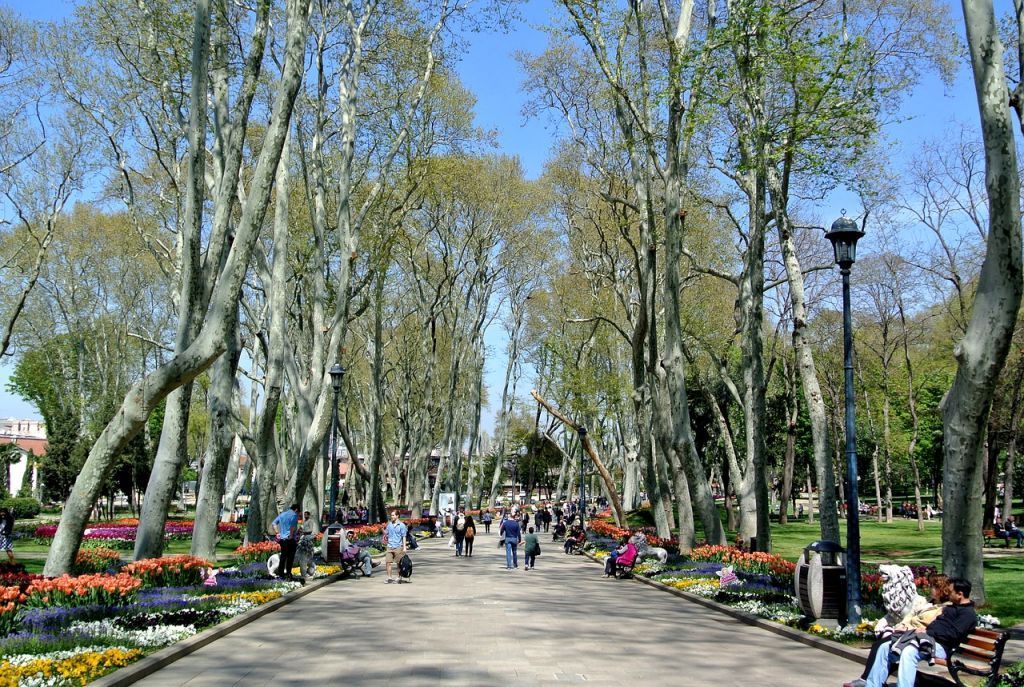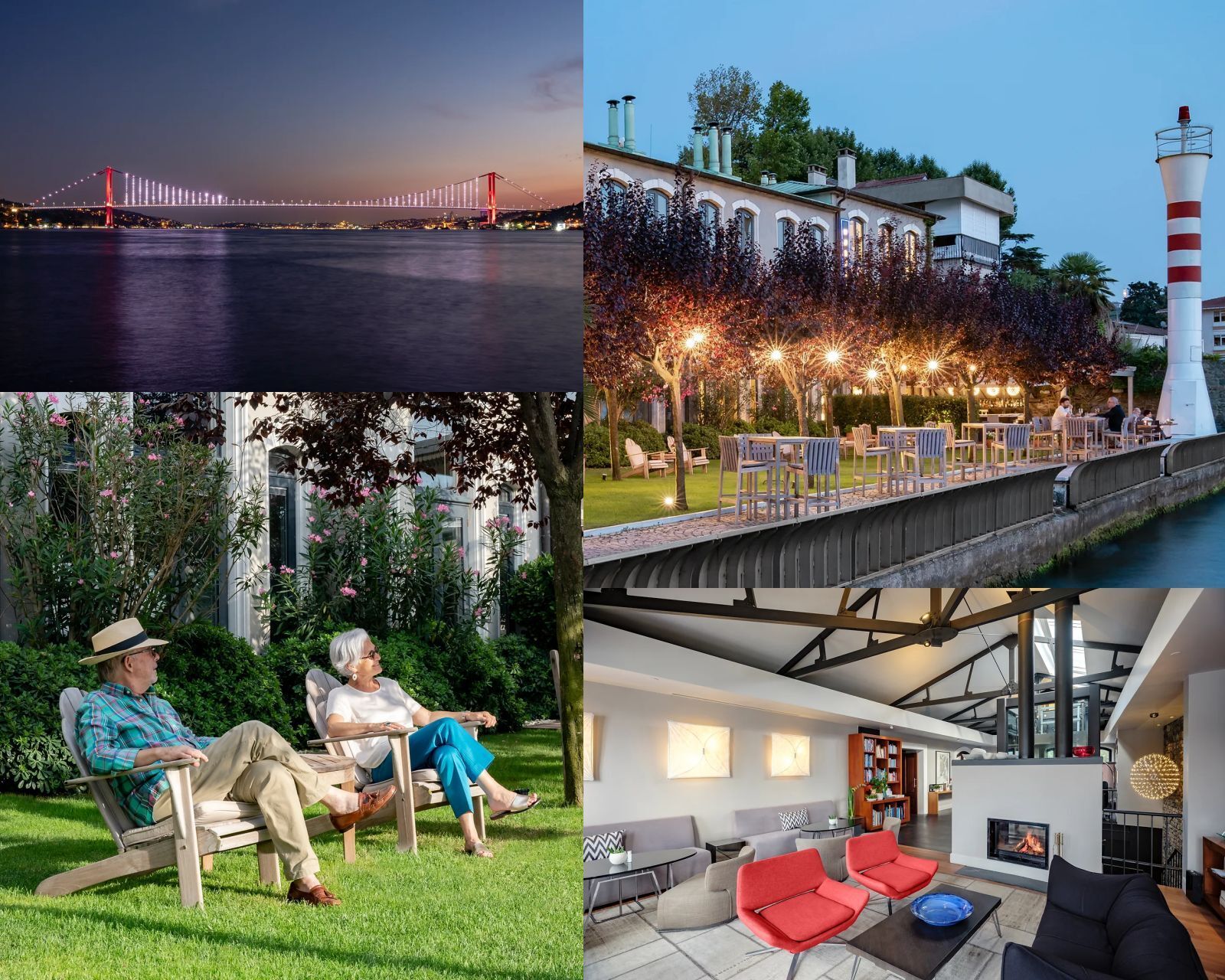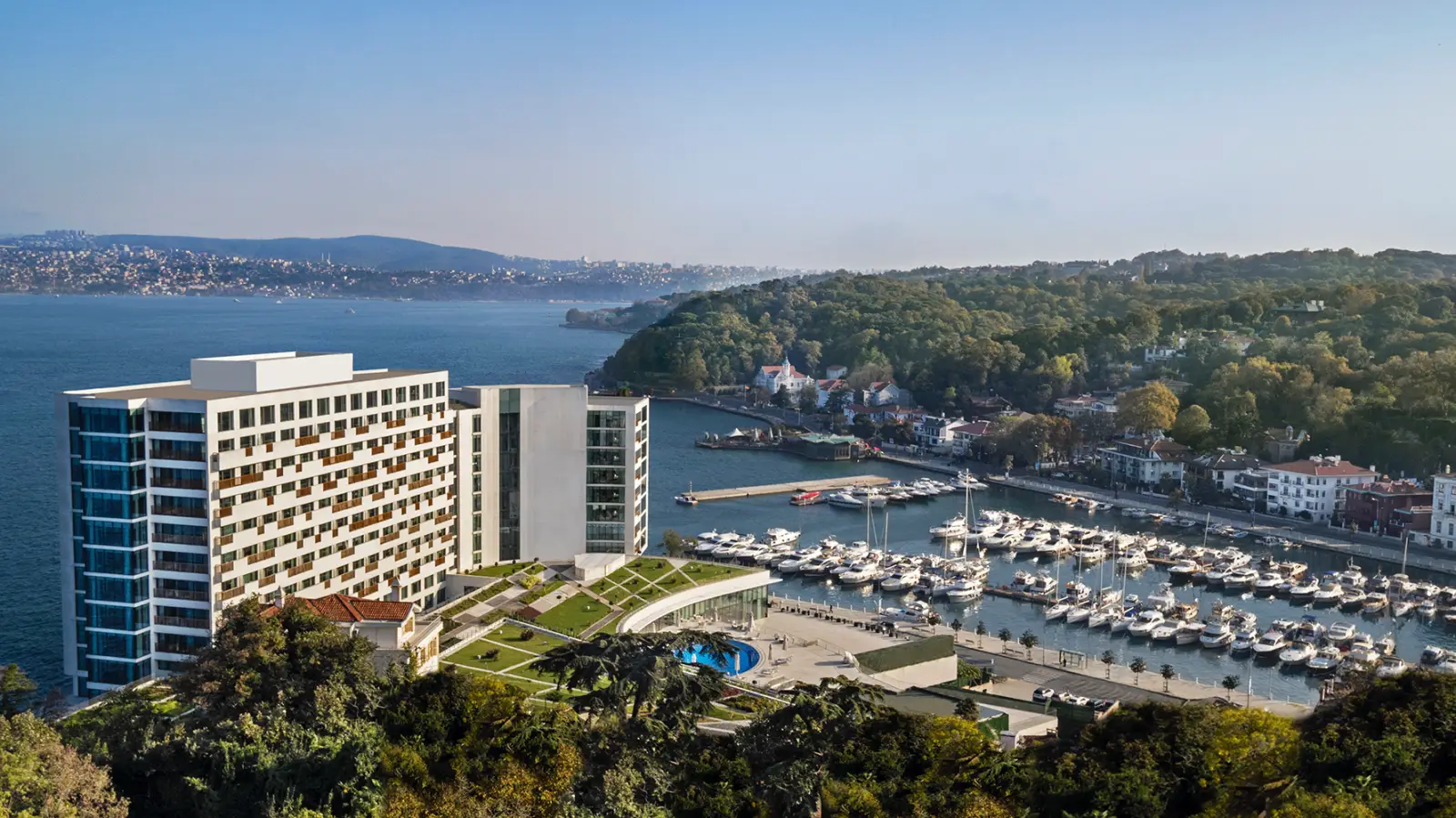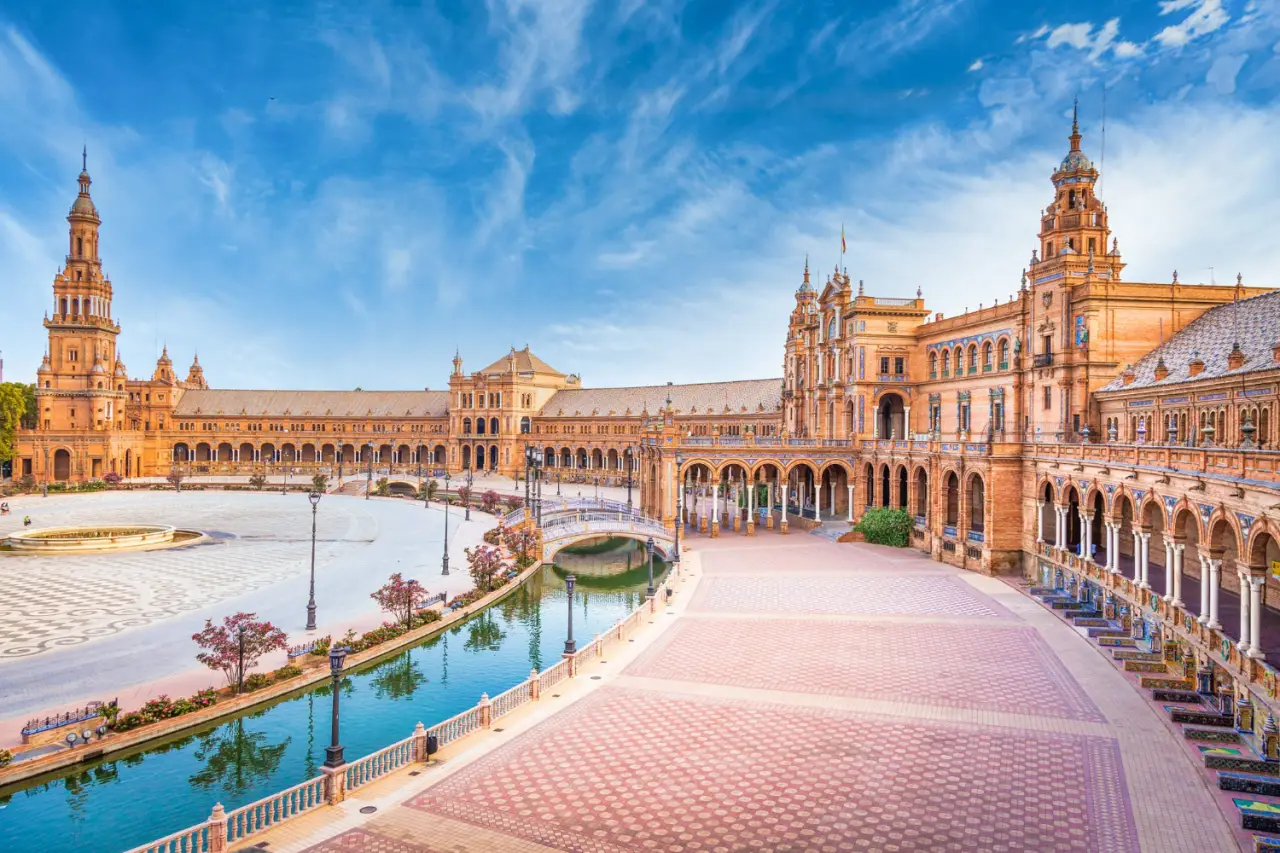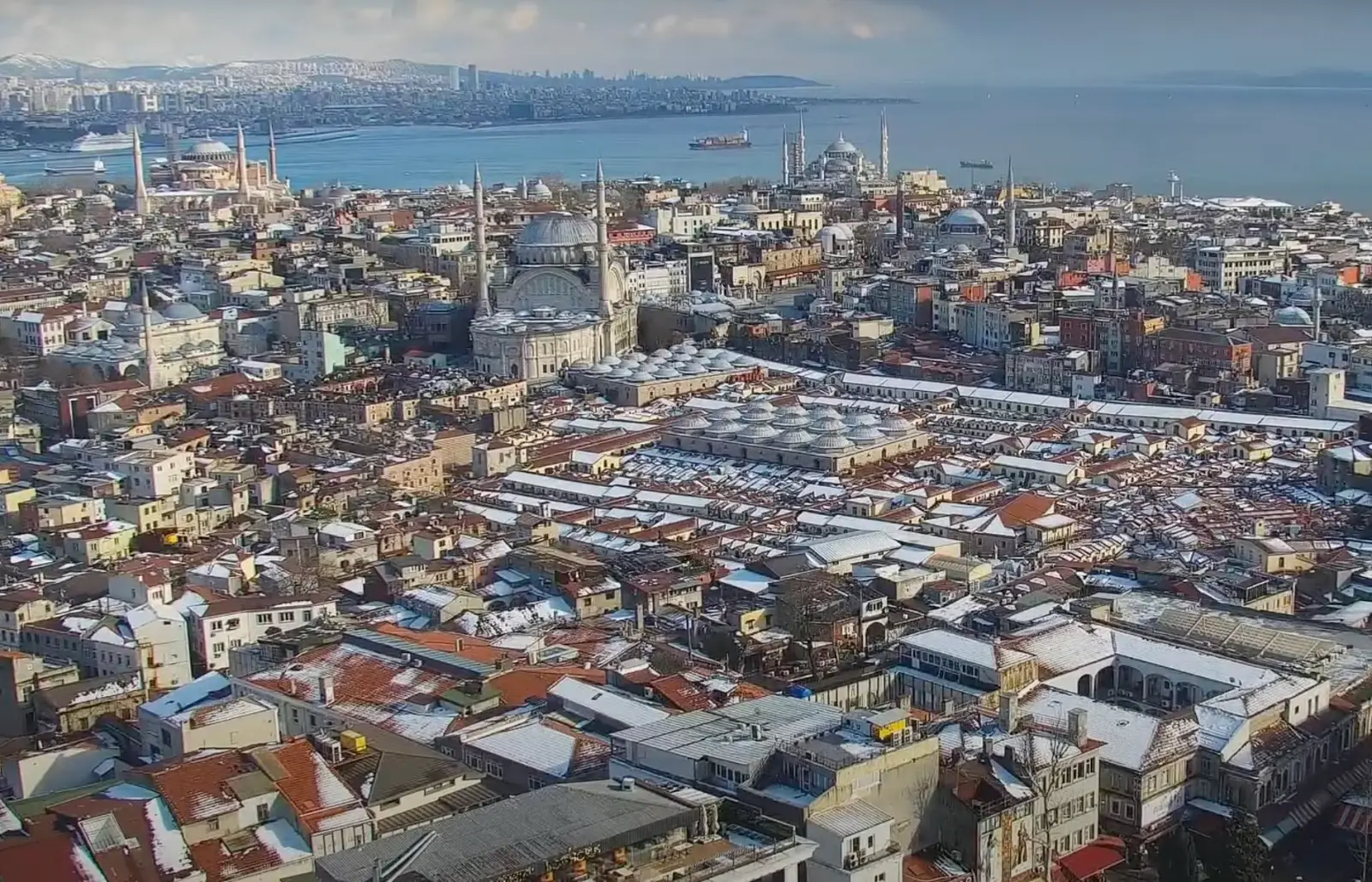As spring arrives, I remember Istanbul and how beautiful is the city; especially the Bosphorus during the Spring season.
Born and lived in Istanbul for 30+ years, I think the best time to visit Istanbul is in the Spring season and more preciously during the tulip festival followed by the blooming of the Judas trees.
Tulips, with their vibrant colors and elegant shapes covers parks, gardens, and public spaces, celebrating the city’s long-standing love affair with this beautiful flower. Originating from the Ottoman Empire, they hold a special place in Turkish culture and history. Even you can see it in the country’s logo.
Throughout April, Istanbul comes alive with a breathtaking display of spring flowers, welcoming both locals and visitors alike. The vibrant spectacle unfolds at five key locations: Emirgan Grove, Gülhane Park, Sultanahmet Square, Göztepe 60th Year Park, and Hidiv Grove, from April 1st to 30th.
A stunning array of hyacinths, daffodils, muscari, and tulips transforms the most picturesque spots of Istanbul, offering a visual feast that honors the city’s rich history. Over the course of the month, a total of 7.75 million bulbous plants, including muscari, hyacinths, daffodils, and tulips, are strategically placed at these five iconic sites in Istanbul, ready to captivate the hearts of all who visit.
Following the tulip season, judas trees bloom in Istanbul. For about 2 weeks, judas trees on the Bosphorus fascinate those who see them with their pleasant appearance and smell. It is the best time to be in Istanbul. Travel enthusiasts should add this to their bucket list.
Centuries ago, the waterway that divided Istanbul into two was called the “necklace of the world”. The Byzantines gave this name… The dark blue waters, combined with the purple color, which was the symbol of nobility for them, and the illumination of the sun, have offered the most beautiful viewing pleasure for centuries. Today, following the traces of Judas trees in Istanbul, where stress and timelessness have declared their dominance, is like renewing the life motivation for the city people… describes Saffet Emre Tonguç, historian, author, professional Guide.
You can see Judas tree all along the Bosphorus line in Istanbul. It is possible to see it especially in the groves. You can see beautiful Judas trees in Abbas Ağa Park and Yıldız Park in Beşiktaş. You can see it in the Naciye Sultan Grove near Kuruçeşme, in the Kortel Grove in Bebek and in the entire Aşiyan Cemetery. When you cross to the Asian side of the city, there are judas trees on the ridges of Kuzguncuk and Nakkaştepe. There is also the Cemile Sultan Grove near Kandilli. Otağtepe, Mihrabat Grove, Hidiv Kasrı are always full of judas trees.
There are many addresses on both sides of the city where you can watch this purple festival, walk outdoors, enjoy Turkish tea and coffee, and of course take lots of photos. The choice is yours, visit one or all of them, but remember, time is limited; you will not be able to find these views after the first week of May. You can also take a bus tour along the Bosphorus coast or take a Bosphorus sightseeing cruises or public ferries.
Parks to visit in Istanbul
Asian Side
Fenerbahçe Park
Fenerbahçe Park is one of the most delightful places on the Asian side of Istanbul to enjoy spring. It offers stunning views of the Marmara Sea and the Bosphorus, accompanied not only by Judas trees but also by Istanbul’s colorful tulips.
Big and Little Çamlıca
Watching the dance of the dark blue waters with purple flowers from Istanbul’s highest point, Big Çamlıca Hill, at 262 meters, is unparalleled. At Çamlıca, once synonymous with beauty, you can enjoy the hill’s beauty from an Ottoman café, restaurant, or picnic areas built on it. In Little or Small Çamlıca, the new buildings you’ll see are replicas of the small kiosk in Topkapı Palace, where the sultan broke his fast during Ramadan. From here, you can see the region extending to the Prince’s Islands on the left, Fenerbahçe and Haydarpaşa in front, and Sarayburnu on the right.
Fethi Paşa Grove, Kuzguncuk
Easily accessible by bus from Üsküdar, Fethi Paşa Grove was once the backyard of a mansion with the same name. The spring view offered by the grove after climbing a steep slope is worth the effort. On the way back, you can rest a bit at the Ottoman-themed restaurant operated by Beltur.
Mihrabad Grove, Kanlıca
Gaze upon Istanbul from Mihrabad Grove, where a stroll among the Judas trees offers serene beauty. Enhance your experience with a relaxing pause in the charming tea gardens. Don’t leave without trying Kanlıca’s famous yogurt, sweetened with powdered sugar, if you’ve made it this far.
Otağtepe
Fatih Grove in Otağtepe, rich with diverse flowering plant species, presents a breathtaking panorama that merges with the majestic Bosphorus and the nearby FSM Bridge. Be sure to have your phones and cameras fully charged – the captivating views will compel you to capture every moment.
Beykoz Grove
The area between Paşabahçe and Beykoz is also known as Abraham Paşa Grove. This 19th-century heritage grove is one of the best places to listen to bird songs and fill your lungs with the scent of spring. If you wish to see more Judas trees, you can travel a bit further to Yuşa Hill, the second highest point along the Bosphorus at 198 meters.
European Side
Gülhane Park
Walking through Gülhane Park, once the private gardens of Topkapı Palace, feels like a journey through time with Judas trees as your closest companions. Here, you can admire not only the purple spectacle but also the colorful array of spring flowers and greet birds nesting in the trees. Your stroll can be perfectly concluded with a sip of traditionally brewed tea. Keep in mind while exploring; this place once hosted the Constantinople University in the 13th century.
Abbasağa Park, Beşiktaş
Abbasağa Park, filled with monuments to the martyrs of Turkey’s recent democratic history, offers a tranquil escape amidst the city, perfect for a Judas tree break. After wandering through Beşiktaş Market, you can relax in the park and conclude your visit by exploring the mosque sharing the park’s name.
Yıldız Park
Situated atop a tree-covered hill, Yıldız Park serves as a quiet haven in the bustling district of Beşiktaş, secluded from the city’s noise. A lunch by the pond in front of the Çadır Köşkü could very well define relaxation. Yıldız Park is truly a place where you can enjoy doing nothing, get lost in the beauty of Judas trees, and pamper your soul.
Türkan Sabancı Park, Bebek
If you wish not only to watch Judas trees but also to spot high-society figures, this park in Bebek is where you’ll find what you’re looking for. Known as Bebek Park, it is renamed as Türkan Sabancı Park in 2008 following the renovation carried out by the Sabancı Foundation.
One of the Judas trees intertwines with Bebek Mosque, blooming and greening more with each spring. To end your pleasant time on a high note, take a breather in one of the district’s many cafes before walking towards Rumeli Fortress. The Judas tree in front of Yılanlı Yalı, one of Istanbul’s most unusual houses, is exceptionally beautiful.
Aşiyan, Rumeli Fortress
The home of Tevfik Fikret, a renowned poet and architect, reflects his passion and attention to detail, from its overall design to the intricate decorations. Perched on the slopes of Rumeli Fortress, the “Aşiyan” or “Bird’s Nest” mansion, embodies a spirit of freedom while also conveying a sense of warmth and historical depth. This residence, now transformed into a museum, is a highlight for anyone exploring the beauty of Istanbul’s famous Judas trees. The awe-inspiring view that greets you outside extends into the museum, offering a vista from the bedroom window that alone makes the visit unforgettable. The exterior, adorned with Judas trees, complements the stunning backdrop of the Bosphorus, providing a picturesque setting that captivates all who visit. See the most popular museums in Istanbul.
Emirgan Park
Famous for its tulips, Emirgan Park shines differently with its sprouting Judas trees. Its hilltop location offers a splendid view. The historic mansions within the park, named after their colors, are popular for weekend breakfasts. With every corner covered in colorful flowers, the park becomes an indispensable location during the spring and summer months.
Where to Stay in Istanbul During Spring?
To fully immerse yourself in the essence of the season, consider staying near the Bosphorus.
On the European side of the city, the district of Beşiktaş offers proximity to both Yıldız Park and Abbasağa Park, where the spring blooms create a serene atmosphere, ideal for those seeking a blend of city life and nature’s tranquility. For a more historic experience, staying near Rumeli Hisarı allows easy access to the poetic beauty of the Aşiyan Museum and its surrounding Judas trees, with the added bonus of breathtaking Bosphorus views.
On the Asian side of Istanbul, Kadıköy, Üsküdar and Beykoz emerge as charming districts for a springtime stay. Kadıköy offers a vibrant cultural scene with its lively marketplaces, cafes, and the beautiful Moda seaside park, perfect for those who enjoy a youthful and dynamic atmosphere. Üsküdar, on the other hand, provides a more tranquil experience with its historic mosques, quaint tea gardens, and stunning views of the Istanbul skyline, particularly enchanting during the spring when the Judas trees bloom, painting the district in shades of purple and pink. And Beykoz, with its lush forests and historic mansions lining the Bosphorus, offers a serene getaway from the city’s hustle and bustle, making it an ideal spot for nature lovers and those seeking peace amidst Istanbul’s springtime beauty.



